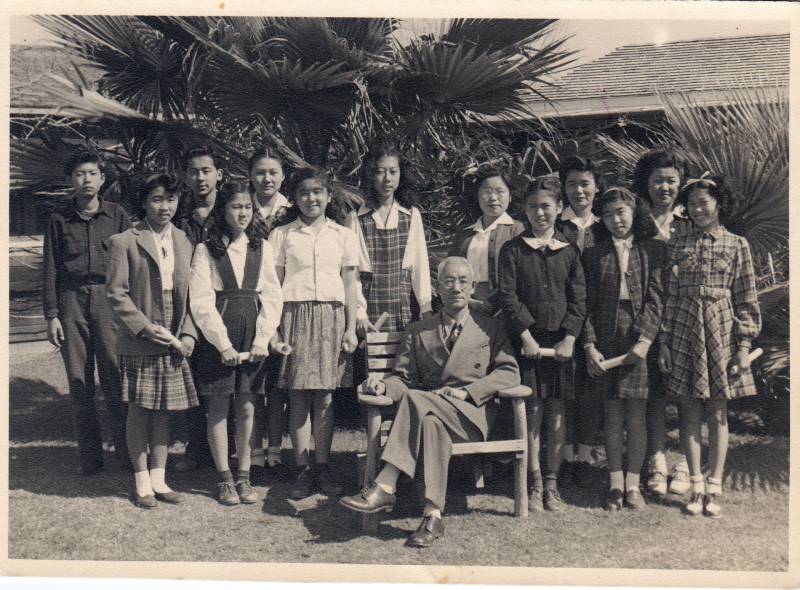Families Detained in WWII See Similar Injustice for Migrants Today
Thousands of families who have come to the U.S. to seek asylum in recent years have ended up in detention centers in South Texas. Hearing about kids and parents locked behind barbed wire fences hits close to home for one woman from the San Francisco Bay Area. She spent years of her childhood in a South Texas internment camp during World War II. KQED’s Julie Small recently joined her on a pilgrimage from California to a place called Crystal City.
For This Homeless Mom, Finding Childcare Was Her Ticket to Stable Housing
For almost two years after she left her abusive husband, Eva Morales moved from homeless shelter to homeless shelter. Sometimes she stayed with friends. On the worst nights, she slept in a friend’s car. The hardest part, she says, was doing this with her two small children. Eva lives in San Francisco, where she couldn’t afford child care or housing on her own. Reporter Zaidee Stavely sat down with Eva and found out about a place that’s been quietly helping parents like her for years.
Ahead of New California Law, Podcast Explores Police Use of Deadly Force
Host Sasha Khokha talks to Laurel Rosenhall, a political reporter with Cal Matters in Sacramento, about the podcast she hosts called “Force of Law.” It’s just wrapping up its first season, and it explores the fight in the state capitol over limiting when California police can use deadly force.
Legal Cannabis in Humboldt: Impact on Food and Farming Isn't What You Think
When cannabis was 100% illegal, the price per pound was high. Ever since Californians passed Prop 64 legalizing the recreational use of marijuana three years ago, the economy in the northern part of the state has been in limbo, impacting far more than the cannabis industry. For her series California Foodways, Lisa Morehouse has been reporting across the state about food, culture, and economics. She visited Humboldt County to see if marijuana legalization has impacted food and farming.

